How Can I Safely Use Essential Oils If I Have Cancer?

When you or someone you know receives a cancer diagnosis, you may be inclined to pursue natural wellness avenues to help manage symptoms and feel the best that you can. Luckily, research shows that essential oils can complement traditional cancer treatments in a variety of ways.
To help you feel confident in using aromatherapy while you or someone you know undergoes cancer treatments, we’ve compiled this guide to using essential oils safely. Read on to learn more.
Safety Precautions
Essential oils are never one-size-fits-all. Everyone is different and affected differently by essential oils, and what helps one person may not help the next. This is especially true when dealing with different types of cancer and cancer treatments.
While these safety precautions are generalized for all people with cancer, this is not a complete list of how essential oils may affect all types of cancers and treatments. You should always discuss your specific health questions with your physician.
Contraindications
Certain essential oils may contraindicate cancer drugs and chemotherapy. For example, tamoxifen–a drug used to treat breast cancer–is metabolized by the CYP2D6 enzyme. Essential oils of German Chamomile, Blue Tansy and Yarrow can inhibit drugs metabolized by the CYP2D6 enzyme, rendering them ineffective, and are therefore not recommended to be used in conjunction with these drugs. For this reason, it’s always recommended that you check for medication contraindications before using essential oils.
While it may seem counterintuitive, aromatherapist Robert Tisserand believes that antioxidant-rich essential oils may be detrimental to stopping cancer. This is because antioxidants may not discriminate between a healthy cell and a cancer cell, thus protecting both. Animal studies have ratified this notion in the case of antioxidant supplements, but still little is known about how antioxidant oils affect humans with cancer.
Lastly, because essential oils may affect the metabolism of chemotherapy drugs, Tisserand recommends avoiding the use of essential oils one week prior to chemotherapy and one month after finishing chemotherapy.
Estrogen-Dependent Cancers
One naturally occurring essential oil component, trans-anethole, has shown estrogenic activity. For this reason, oils containing trans-anethole are contraindicated for people with estrogen-dependent cancers. Therefore, the following oils should not be used:
-
Fennel
-
Star Anise
Essential Oils To Use With Caution
The following essential oils, and blends containing these oils, should be used with caution by those with cancer. Please note that this is not a complete list.
-
Allspice
-
Hyssop
-
Lemon Basil
-
Magnolia
-
Myrtle
-
Nutmeg
-
Rose Absolute
-
Rose Otto
-
Ylang Ylang (Complete and I)
Can Essential Oils Cure Cancer?
While there is promising evidence that essential oils are helpful to cancer patients, essential oils are not a cure for cancer.
When talking about cancer and essential oils, Frankincense is often touted as being a cancer cure. Believers in Frankincense oil (Boswellia sacra) cite studies showing the anticancer effects of Frankincense. However, studies elucidating the anticancer effects of Frankincense are referencing Frankincense extract or boswellic acid–a naturally occurring component available in Frankincense resin.
Unfortunately, boswellic acid is a large, non-volatile molecule that is not present in any commercial Frankincense essential oil. In fact, studies on Frankincense oil have either been inconclusive or have concluded that Frankincense essential oil does not have anticancer properties.
The same is true of Turmeric. In the past, we’ve been asked how much curcumin is in our Turmeric essential oil. Studies have shown that curcumin–a component found in Turmeric–also exhibits anticancer effects. However, if you look at our GC/MS report for Turmeric, you won’t find curcumin. This is because curcumin is a large, non-volatile molecule that’s not found in commercial, steam distilled Turmeric essential oils.
So, can essential oils cure cancer? At this time, we cannot say that they do and we do not suggest using essential oils in place of traditional cancer treatments.
Addressing Common Cancer Symptoms
While essential oils may not be able to cure cancer, they can help manage common symptoms of cancer. Here’s what research shows about aromatherapy as a complementary medicine for cancer patients.
Anxiety
Experiencing anxiety is a normal part of life, and dealing with a serious illness is no exception. Thankfully, aromatherapy has been purported as a natural remedy for anxiety in many areas, including with cancer patients.
-
Patients undergoing cancer treatment were given a massage with essential oils and without over the course of 8-weeks. The study concluded that while all patients experienced lower levels of anxiety as a result of the massage, those who received an essential oil massage had lower anxiety than those who did not.
-
Aromatherapy massage was given to patients with brain tumors. The patients’ physical parameters after the aromatherapy massage revealed that their bodies were more relaxed following the massage which was further confirmed by the patients who stated they felt more relaxed afterward.
-
12 breast cancer patients were given a 30-minute aromatherapy massage twice a week for four weeks. The oils used were a blend of Sweet Orange, Sandalwood and Lavender oil in a base of Jojoba oil.
While these studies suggest that aromatherapy massage reduces anxiety in cancer patients, essential oils can also be inhaled through diffusion or directly using a personal pocket inhaler for anxiety relief.
Depression & Pain
Depression and pain may seem like two of the biggest obstacles to overcome. Here’s how essential oils can help.
-
58 cancer patients were given a 5-minute hand massage for 7 consecutive days. A blend of equal parts Frankincense, Lavender and Bergamot diluted to 1.5% in Sweet Almond oil were included in 28 of the patients’ hand massage, while 30 of the patients only received a massage using Sweet Almond oil. The patients who received the aromatherapy massage had significantly lower pain and depression than patients who did not.
-
Doctors measured the psychological and physical parameters of 17 cancer patients after each patient underwent a 60-minute session of inhaling Lavender oil in an essential oil diffuser. These parameters were also measured with the essential oil diffuser running without essential oils and without any diffuser. During aromatherapy sessions, patients’ depression and pain were lower and vitals improved slightly.
If you are able, try incorporating daily aromatherapy hand massages into your care plan and inhale mood-boosting essential oils as needed. For pain, try Aches & Pains or the following blend in an essential oil diffuser:
-
8 drops Plai
-
2 drops Lavender
-
5 drops Chamomile- Roman
-
5 drops Rosemary
Skincare
Cancer treatments may cause skin issues such as sensitive, irritated skin as well as scars and damage. Aromatherapist Sylla Sheppard-Hanger opted for essential oils when she began to experience skin issues that resulted from radiation used to treat her breast cancer in 1998. Here’s how she managed these issues.
-
Radiation: Pure, fresh aloe vera from an aloe vera plant was recommended by doctors to be used before and after radiation. This, she says, was soothing and cooling to the skin that felt otherwise sunburned.
-
Incisions: Following the removal of the tape that covered her incisions, Sylla used equal parts Helichrysum Italicum and Artemisia Arborescens diluted to 10% in Coconut oil. The latter oil is not commercially available and we, therefore, recommend using Blue Tansy in its place. Note here that Blue Tansy may contraindicate drugs metabolized by CYP2D6. She applied the oil several times throughout the day. She believes this mixture reduced the appearance of scars and aided healing and inflammation.
-
Inflammation: To reduce redness and inflammation caused by radiation, Sylla often used a combination of water, Blue Tansy and Helichrysum Italicum in a spray bottle throughout the day following treatments. To make your own spray, combine the following–18 drops Blue Tansy, 18 drops Helichrysum Italicum, 1 tbsp liquid Castile Soap, 3 tbsp distilled water in a glass spray bottle. Shake to combine and use within the week.
Sleep
We all know that getting enough sleep is important. However for most people experiencing trouble sleeping, this fact doesn’t make sleeping any easier, but here’s something that can.
- The sleep quality of 120 cancer patients was measured after 7 days of inhaling Lavender, Peppermint or no oil. The study concluded that patients who inhaled Lavender or Peppermint oil experienced significantly better sleep quality than the control group.
If you’re someone who struggles with sleep, try a relaxing bath salt before bedtime or inhale one of our many sleep blends using an essential oil diffuser, for 30 minutes before bed.
Talk To Your Doctor
If you have cancer, we don’t suggest using essential oils until speaking with your doctor first. Certain cancers and cancer treatments may be easily interfered with by substances such as essential oils. We also suggest finding an aromatherapist near you for suggestions unique to you and your individual concerns. And lastly, we wish you the best on the road to better health.
Sources:
-
NCI Staff. “Antioxidants Accelerate the Growth and Invasiveness of Tumors in Mice.” National Cancer Institute, 12 Nov. 2015, www.cancer.gov/news-events/cancer-currents-blog/2015/antioxidants-metastasis.
-
Tisserand, Robert, and Rodney Young. Essential Oil Safety: A Guide for Health Care Professionals. 2nd ed., Churchill Livingstone, 2013.
-
---. “Frankincense Essential Oil and Cancer.” Robert Tisserand, 24 Apr. 2018, roberttisserand.com/2015/03/frankincense-essential-oil-and-cancer.
-
---. “Frankincense Oil and Cancer in Perspective.” Tisserand Institute, 14 Apr. 2020, tisserandinstitute.org/frankincense-oil-and-cancer-in-perspective.
-
Corner, Jessica. “An Evaluation of the Use of Massage and Essential Oils on the Wellbeing of Cancer Patients.” PubMed, 2 Apr. 1995, pubmed.ncbi.nlm.nih.gov/29323588.
-
Hadfield, N. “The Role of Aromatherapy Massage in Reducing Anxiety in Patients with Malignant Brain Tumours.” PubMed, June 2001, pubmed.ncbi.nlm.nih.gov/12066022.
-
Hadfield, N. “Anxiolytic Effect of Aromatherapy Massage in Patients with Breast Cancer.” PubMed Central (PMC), 1 Mar. 2009, www.ncbi.nlm.nih.gov/pmc/articles/PMC2644279.
-
Chang, So Young. “[Effects of Aroma Hand Massage on Pain, State Anxiety and Depression in Hospice Patients with Terminal Cancer].” PubMed, Aug. 2008, pubmed.ncbi.nlm.nih.gov/18753801.
-
Louis, Margaret. “Use of Aromatherapy with Hospice Patients to Decrease Pain, Anxiety, and Depression and to Promote an Increased Sense of Well-Being.” PubMed, Nov. 2002, pubmed.ncbi.nlm.nih.gov/12442972.


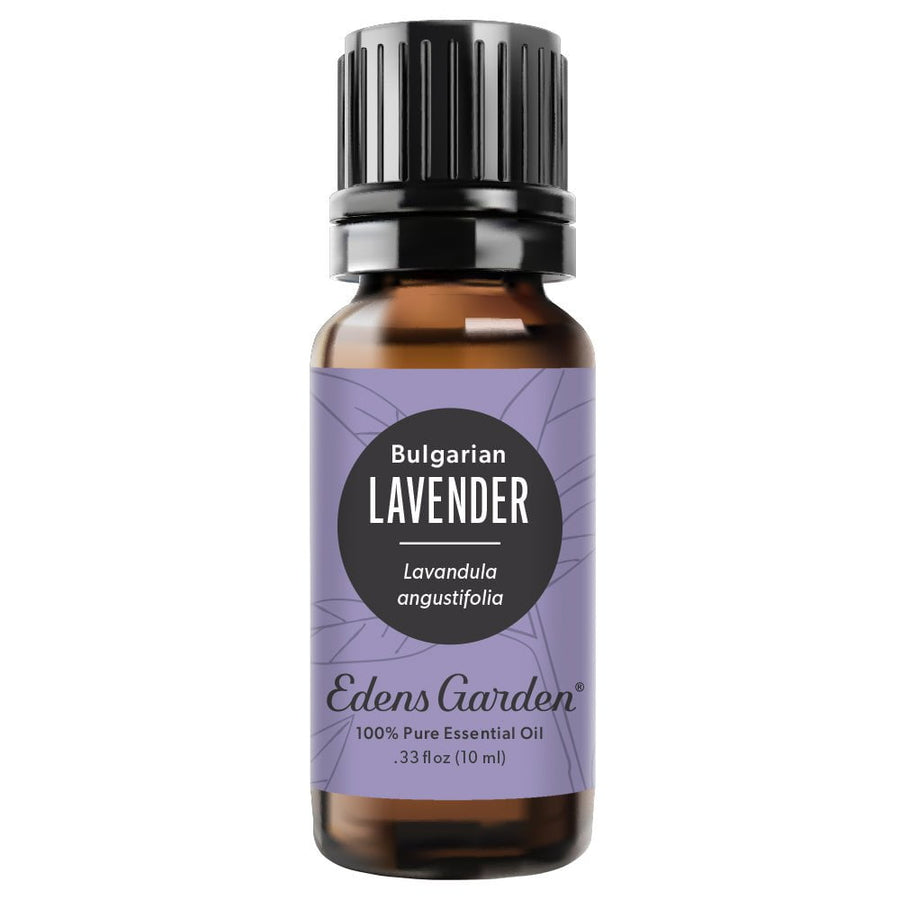
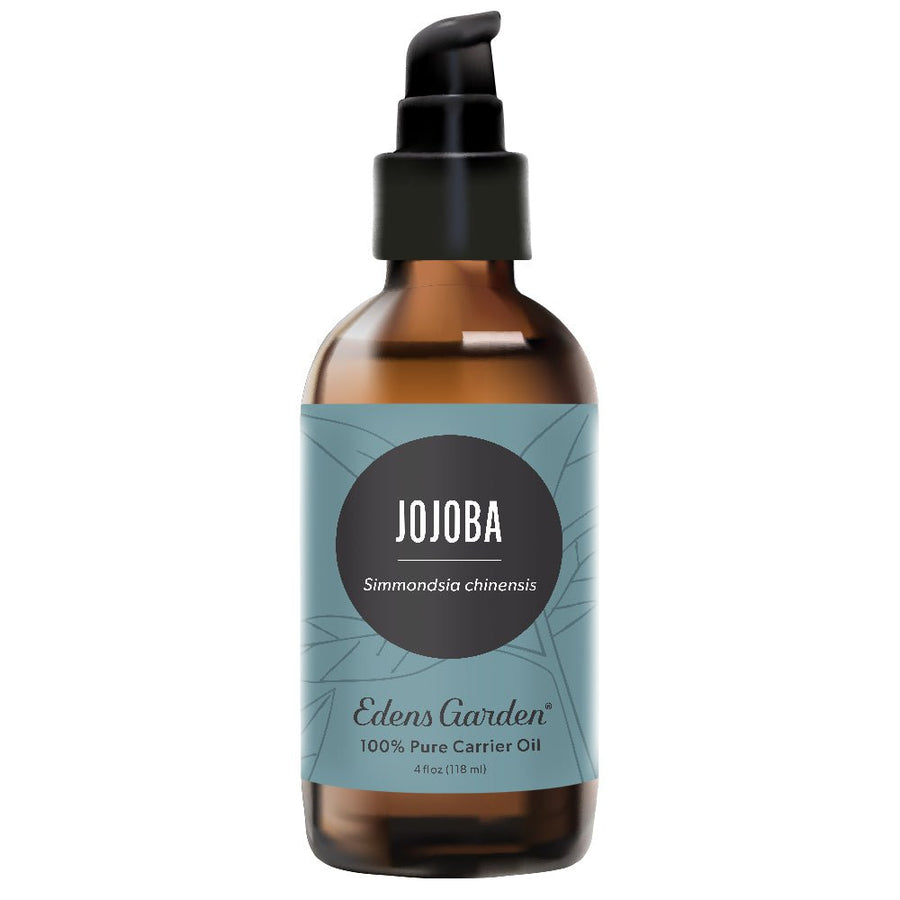
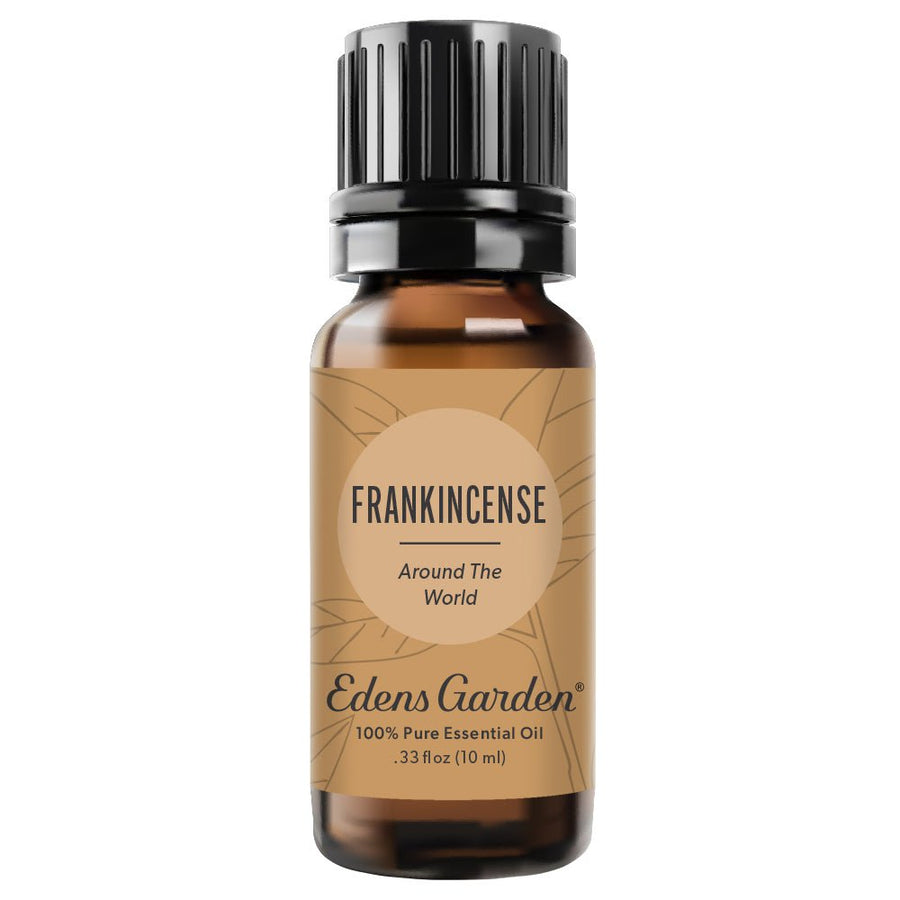
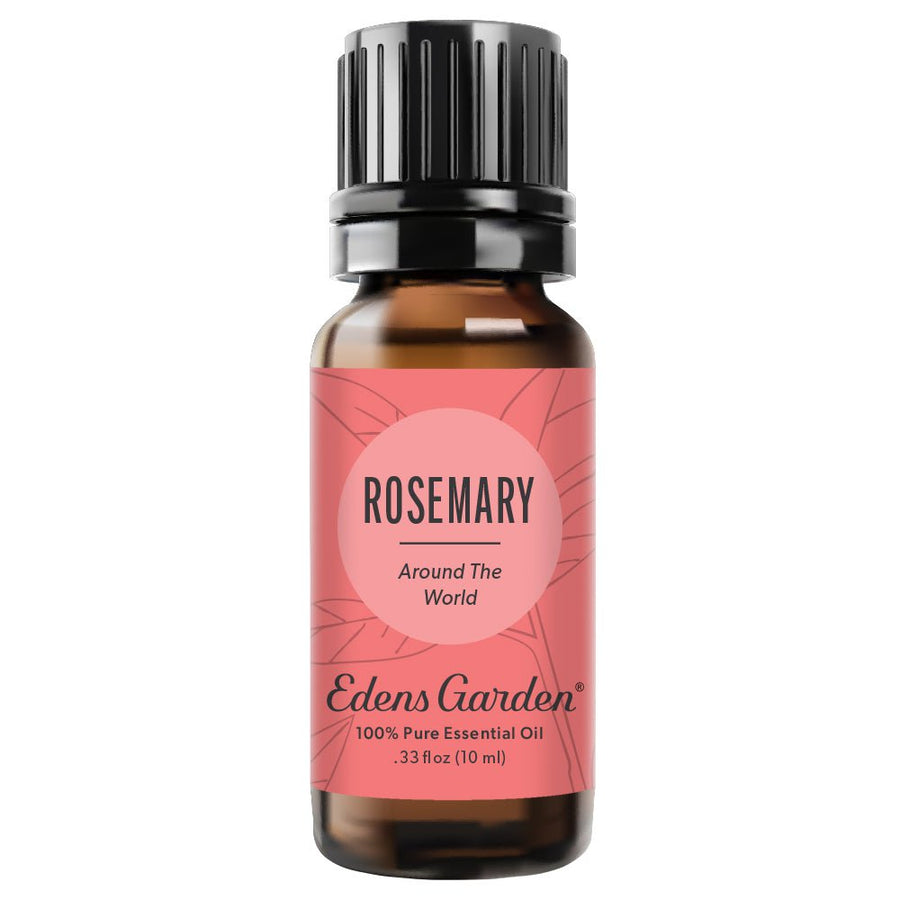

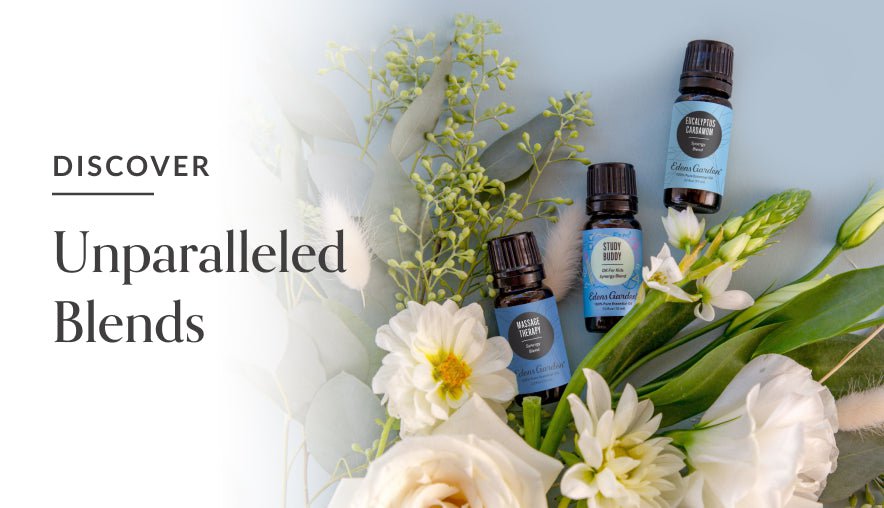
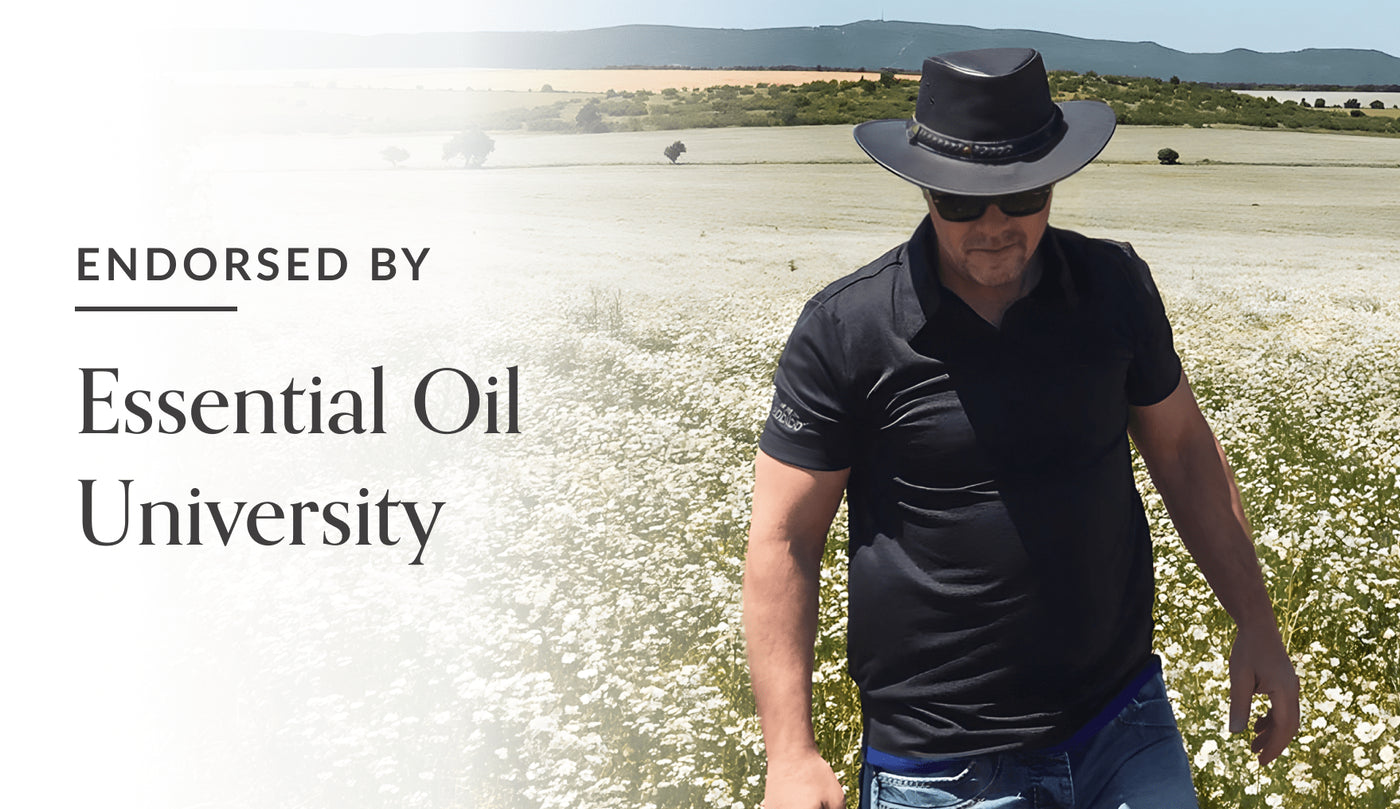
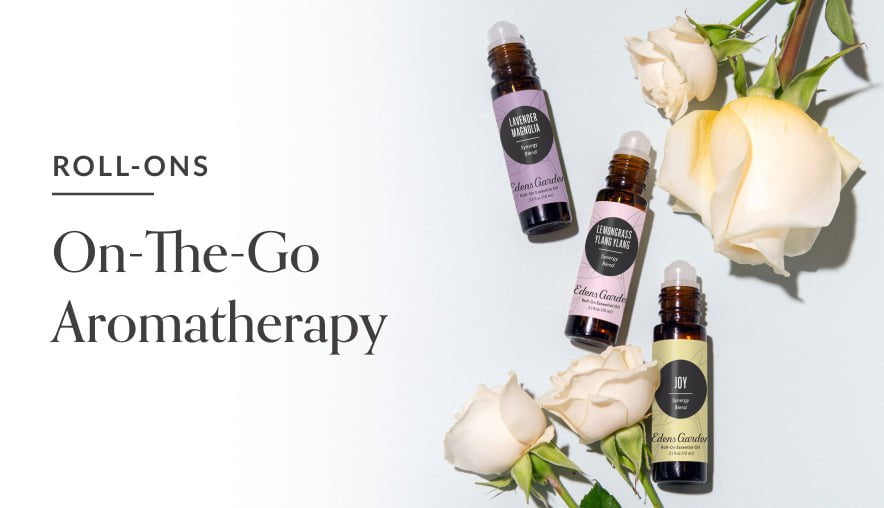
Leave a comment (Comments will be approved before showing up)